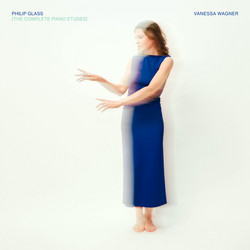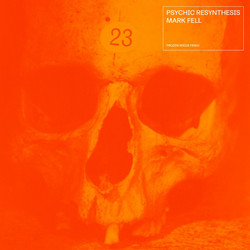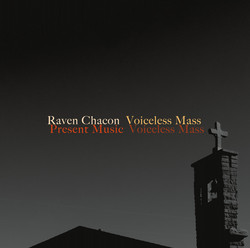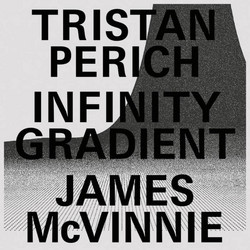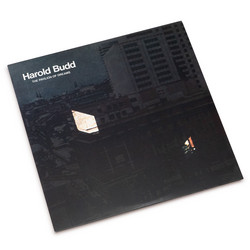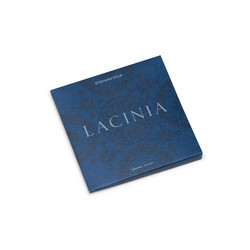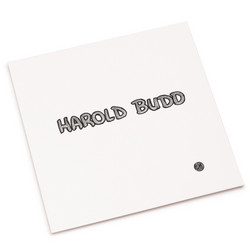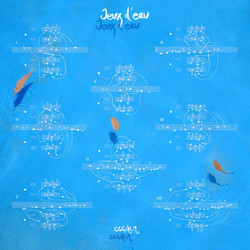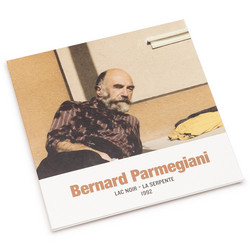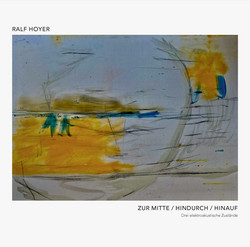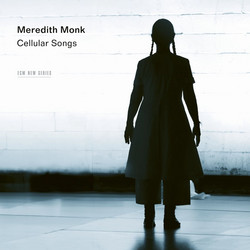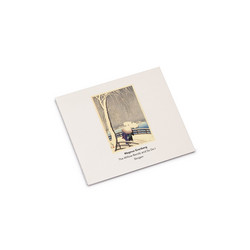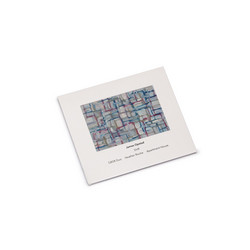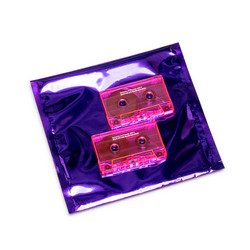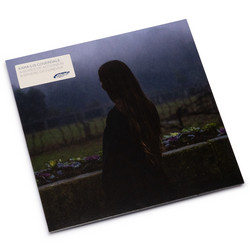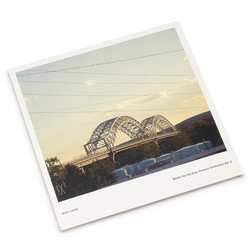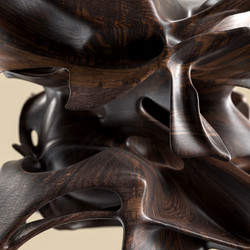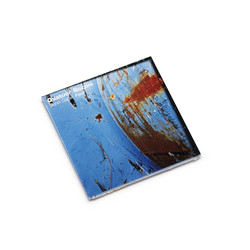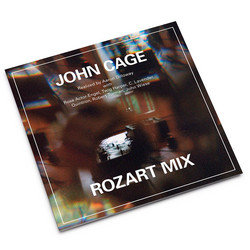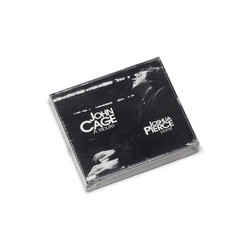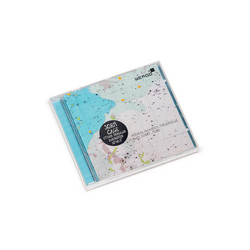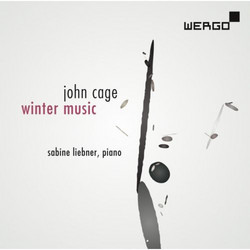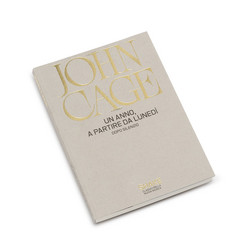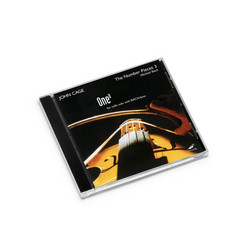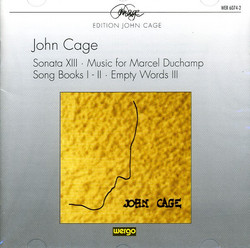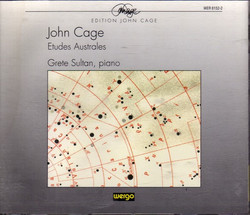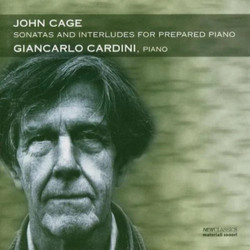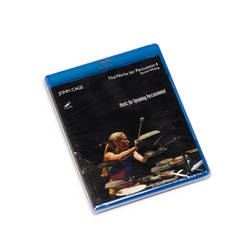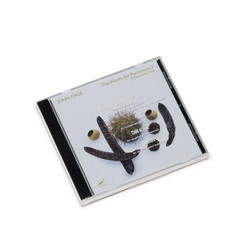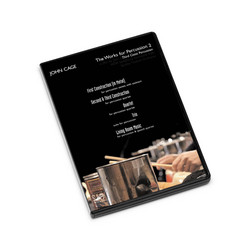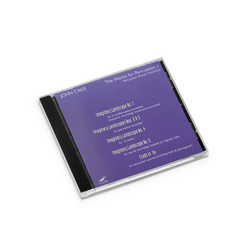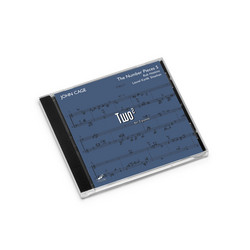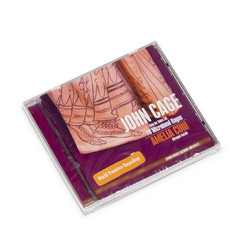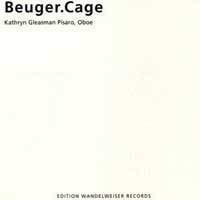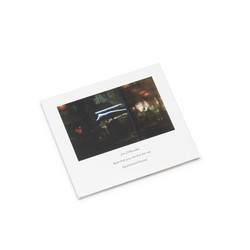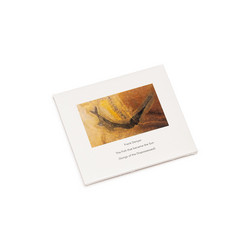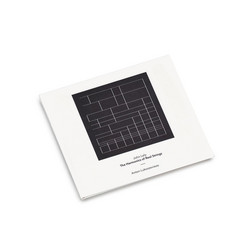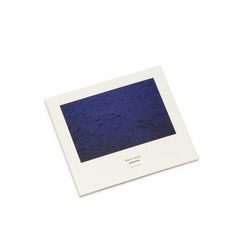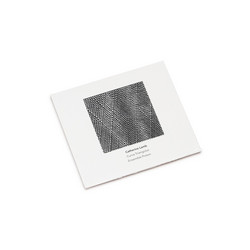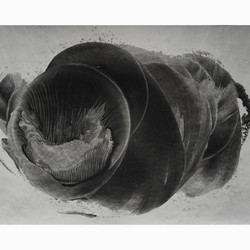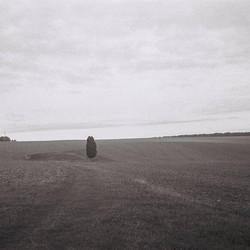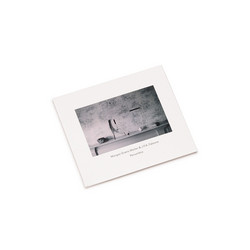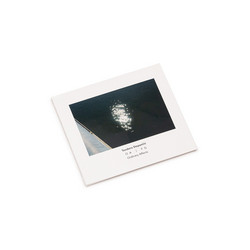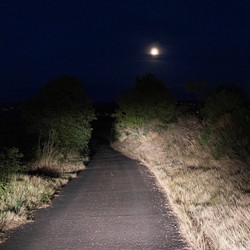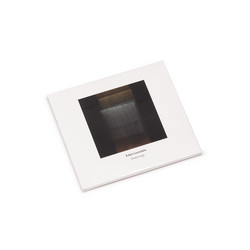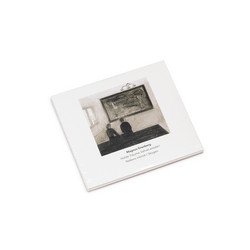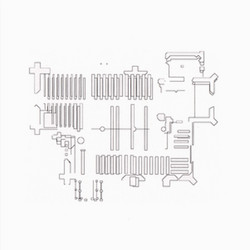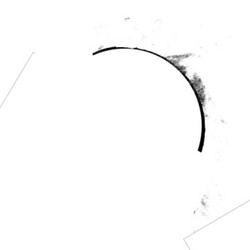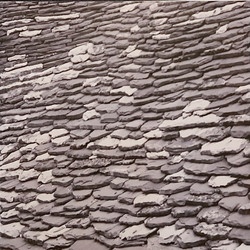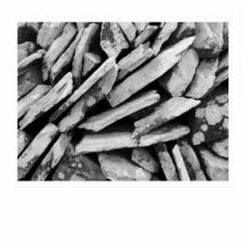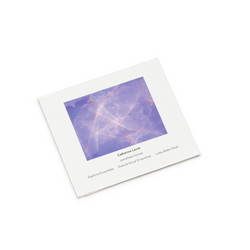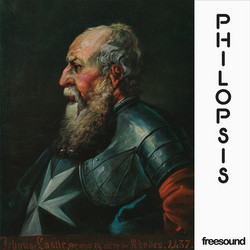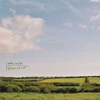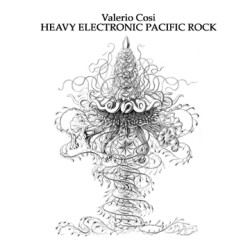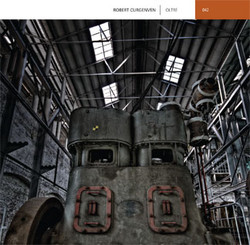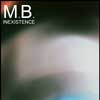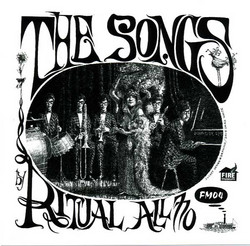John Cage
Winter Music (1957)
John Cage’s 1957 composition in a visceral realisation for four pianos, played by John Tilbury, Philip Thomas, Mark Knoop and Catherine Laws.
“Chance procedures were used to assign each of the pianists five of the twenty pages of the score. The pianists agreed an overall duration of 40 minutes and prepared their parts independently. At the recording there was no rehearsal and the piece was played once only.” Winter Music was written in 1957 at a time when Cage was exploring different ways of using chance procedures in his composing. He was also interested in producing scores that were indeterminate and which required the performer to interpret and work out many aspects of how the music might actually sound in performance. Winter Music consists of 20 unbound pages, which can be played by any number of pianists from 1 to 20. Any number of pages can be used in a performance, and in any order. Each page contains notes, chords and clusters which are positioned in accordance with the imperfections in the paper on which Cage was working.
“The notation, in space, may be freely interpreted as to time. An aggregate must be played as a single ictus. Where this is impossible, the unplayable notes shall be taken as harmonics prepared in advance. Harmonics may also be produced where they are not so required. Resonances, both of aggregates and individual notes of them, may be free in length. Overlappings, interpenetrations, are also free.” The pages of Winter Music are less a score in themselves than a means for producing a score. The pianists are required to make some form of realisation, usually in advance, as to pitch selection and points of occurrence. For this realisation chance procedures were used to assign each of the pianists five of the twenty pages. The pianists agreed an overall duration of 40 minutes and prepared their parts independently.
At the recording there was no rehearsal and the piece was played once only.
“The notation, in space, may be freely interpreted as to time. An aggregate must be played as a single ictus. Where this is impossible, the unplayable notes shall be taken as harmonics prepared in advance. Harmonics may also be produced where they are not so required. Resonances, both of aggregates and individual notes of them, may be free in length. Overlappings, interpenetrations, are also free.” The pages of Winter Music are less a score in themselves than a means for producing a score. The pianists are required to make some form of realisation, usually in advance, as to pitch selection and points of occurrence. For this realisation chance procedures were used to assign each of the pianists five of the twenty pages. The pianists agreed an overall duration of 40 minutes and prepared their parts independently.
At the recording there was no rehearsal and the piece was played once only.
Details
Cat. number: at118
Year: 2017



